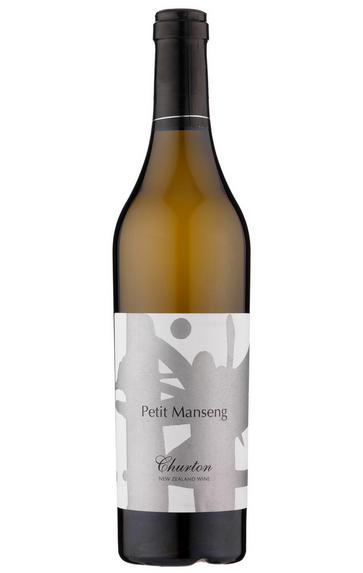
Critics reviews
Michael Cooper - 5/5 - Buyers Guide to New Zealand Wines
About this WINE
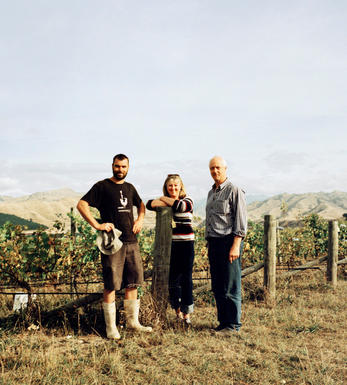
Churton Wines
Churton is a small Marlborough winery, owned and operated by Sam and Mandy Weaver. Churton has been exporting its wine since 1997. Their winemaking is focused on producing Sauvignon Blanc and Pinot Noir that combines the renowned flavour and aromatic intensity of Marlborough fruit with the finesse and complexity characteristic of fine European wines. Smaller parcels of Viogner and Petit Manseng have been added to the vineyard, the plan of which resembles a side of beef (and the various plots reflect this with memorable titles like skirt, loin and rump).
Sam has had a distinguished and varied career in the wine trade, not least his early job working in the Basingstoke cellars of Berry Bros. and Rudd! Since moving to New Zealand he established himself first as a winemaking consultant and then proprietor of Churton which takes its name from Sam’s Shropshire birthplace, known more formally as Church Pulverbatch.
Read the blog on the Churton winery.
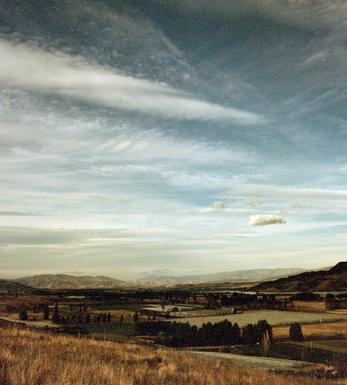
Marlborough
New Zealand's answer to Napa Valley, Marlborough is a veritable engine room that in 2006 accounted for 47 percent (10,419 hectares) of the country's vines, and over 60 percent of its production, even though it is home to just 20 percent of the nation’s 530 wineries. Around 76 percent of the vineyards are planted with Sauvignon Blanc.
Located on the north-easterly tip of South Island at a latitude of 41.3 degrees South, the Marlborough flats are protected from the tropical north-westerlies by the Richmond Ranges, separating Marlborough from Nelson. It is similarly protected from the frost-bearing Antarctic south-easterlies racing up the eastern coastline by the Kaikoura Ranges. The region consequently experiences low rainfall, together with high sunshine hours and a significant diurnal shift between day and night temperatures, thus preserving the aromatics.
The Marlborough viticultural zone, now being delineated, actually consists of three sub-regions: the fertile, alluvial soils of the Wairau Valley on the northern side (site of the original Marlborough settlement in 1880, and subsequently to Montana in 1973) is constantly fed by a subterranean aquifer, resulting in an easy, tutti-frutti style of Sauvignon Blanc best exemplified by Hunters wine.
The Southern Valleys zone on the opposite side of the Valley comprise drier, stonier, poorer soils and clay knolls (such as those of the Brancott Valley), delivering a fuller, more structured, defined, gooseberry and limey Sauvignon Blanc with more bite and poise; Cloudy Bay (who put the region on the world map in 1985), Dog Point, Isabel Estate and the Winegrowers of Ara all inhabit this stretch of the Valley.
Lastly there’s the Awatere Valley, which is located across the Kaikouras on ancient black volcanic soils amid a cooler climate, with harvests often running two weeks behind those in the Wairau Valley; the Awatere style of Sauvignon Blanc is peachier and richer than elsewhere, with Vavasour a fine example.
Although most wines are vinified in stainless steel and released within 12 months of the harvest, some enterprising growers are trialling the use of oak barrels, especially when vinifying superior parcels of hand-harvested fruit. Dog Point Section 94 is one such wine.
The region is also home to the country's small sparkling-wine industry, employing the traditional method to vinify Pinot Noir and Chardonnay. Some producers have sought to diversify into still Pinot Noir production, whilst using an inappropriate Swiss clone. A glance at what's been happening in Central.Otago and in Martinborough, however, has persuaded those serious producers to plant a greater selection of clones, notably 667, 777, Abel and 115, as well as the common Pommard (UCD 5) and 10/5. The result has been a shift from the classic Marlborough Pinot Noir spicy red fruit with its almost Côte de Beaune character towards a fuller, fleshier, smokier, black cherry Côte de Nuits style.
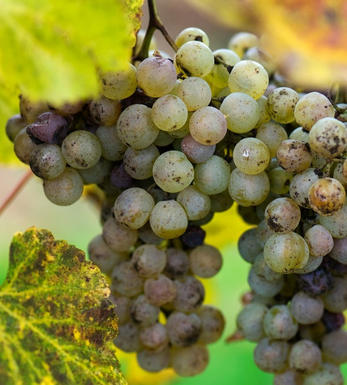
Petit Manseng
Petit Manseng, sometimes translated as “Small Manseng” or rarely “Little Manseng,” is a white wine grape variety primarily grown in South West France. The grape derives its name from its small, thick-skinned berries. Among the Manseng family of grapes, Petit Manseng produces the highest quality wine. It thrives in regions such as Gascony, Jurançon, and around Madiran (for Pacherenc du Vic-Bilh).
Petit Manseng grapes are known for their stone fruit flavours, particularly peach and apricot, but can also exhibit hints of citrus and sweet spice. Winemakers often leave the grapes on the vine until December to produce a late-harvest dessert wine. These nearly raisin-like grapes yield rich, sweet wines with concentrated flavours.
While traditionally associated with France, Petit Manseng has drawn interest in New World wine regions. California, North Georgia, Virginia, and Ohio have started exploring this grape variety, and its popularity is expected to follow a similar trajectory to Viognier among white wine enthusiasts.
The variety goes by various synonyms, including Escriberou, Ichiriota Zuria Tipia (in Spain), Mansein, Mansenc Blanc, Miot, and more.


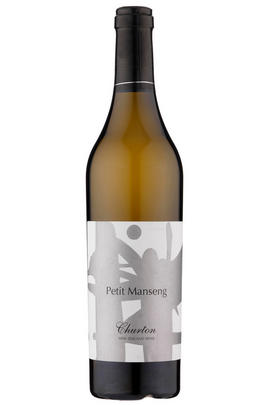
Buying options
Add to wishlist
Description
These were the first Petit Manseng grapes planted in New Zealand and were put in, in 2000. The Weavers chose a steep north west facing site and adopted higher density (5000 vines/hectare) spacing. Unaffected by botrytis, but desiccated as in Pacherenc du Vic-Bilh, the grapes are hand-picked in early May before fermentation gets underway in old oak barrels. After an intense quince and ripe pineapple nose, apple, pear and lime all compete on the palate. The medium sweetness is matched by an intense acidity at 2.8 ph. A dessert wine that will benefit from pudding and a lie down.
Richard Veal, New Zealand Wine Specialist
wine at a glance
Delivery and quality guarantee